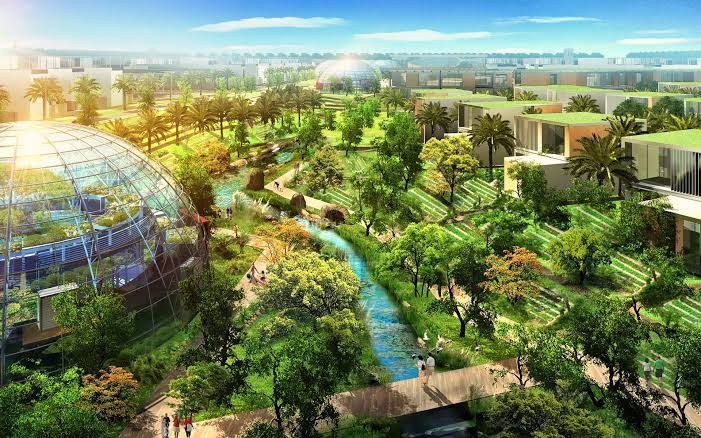Dubai, a city known for its modernity and opulence, is also making significant strides towards sustainability, particularly in its landscaping practices. Situated in a region characterized by arid desert conditions, Dubai faces unique challenges in maintaining green spaces while conserving water and energy. However, innovative approaches and green solutions are emerging to address these challenges, transforming the city’s urban landscape into a model of sustainability and resilience. For more information check out landscape contractors in dubai
1. Xeriscaping:
Xeriscaping is a landscaping technique that focuses on minimizing water usage by selecting drought-tolerant plants and implementing water-efficient irrigation systems. In Dubai, where water scarcity is a pressing concern, xeriscaping has emerged as a popular and practical solution for creating green spaces that thrive in arid conditions.
By incorporating native and adaptive plant species that require minimal watering, xeriscaped landscapes not only reduce water consumption but also promote biodiversity and ecosystem resilience. Additionally, advanced irrigation technologies such as drip irrigation and smart controllers are employed to deliver water directly to the root zones of plants, minimizing waste and maximizing efficiency.
2. Green Roofing:
Green roofs, also known as living roofs, are becoming increasingly prevalent in Dubai’s urban landscape as a sustainable solution for reducing energy consumption and mitigating the urban heat island effect. By covering rooftops with vegetation, green roofs provide insulation, absorb rainwater, and filter air pollutants, thereby improving indoor air quality and reducing the need for artificial cooling.
In addition to their environmental benefits, green roofs also create valuable green spaces in densely populated urban areas, enhancing biodiversity and providing habitats for birds, insects, and other wildlife. From commercial buildings to residential complexes, green roofs are emerging as a key component of Dubai’s sustainable urban development strategy.
3. Desert-Adapted Landscaping:
Dubai’s unique desert environment presents opportunities for innovative landscaping solutions that embrace the natural beauty and resilience of native plant species. Desert-adapted landscaping focuses on selecting plants that are well-suited to the region’s harsh climate and soil conditions, requiring minimal water and maintenance.
By incorporating indigenous species such as the ghaf tree and desert succulents, desert-adapted landscapes not only reduce water consumption but also celebrate Dubai’s cultural and ecological heritage. These landscapes create visually stunning and sustainable green spaces that thrive in the desert environment, contributing to the city’s resilience to climate change and water scarcity.
4. Permeable Pavements:
Permeable pavements are gaining traction in Dubai as an innovative solution for managing stormwater runoff and reducing flooding risks in urban areas. Unlike traditional impermeable surfaces, permeable pavements allow rainwater to infiltrate the ground, replenishing groundwater supplies and reducing the burden on stormwater drainage systems.
In addition to their water management benefits, permeable pavements also help to mitigate the urban heat island effect by reducing surface temperatures and promoting natural cooling through evaporation. From pedestrian walkways to parking lots, permeable pavements are being integrated into Dubai’s urban infrastructure as part of its commitment to sustainable development.
Conclusion
In conclusion, sustainable landscaping innovations are transforming Dubai’s urban environment into a greener, more resilient, and livable city. From xeriscaping and green roofing to desert-adapted landscaping and permeable pavements, these green solutions are not only reducing environmental impact but also enhancing quality of life for residents and visitors alike. As Dubai continues to embrace sustainability, its landscape will continue to evolve as a shining example of green urbanism in the desert.

